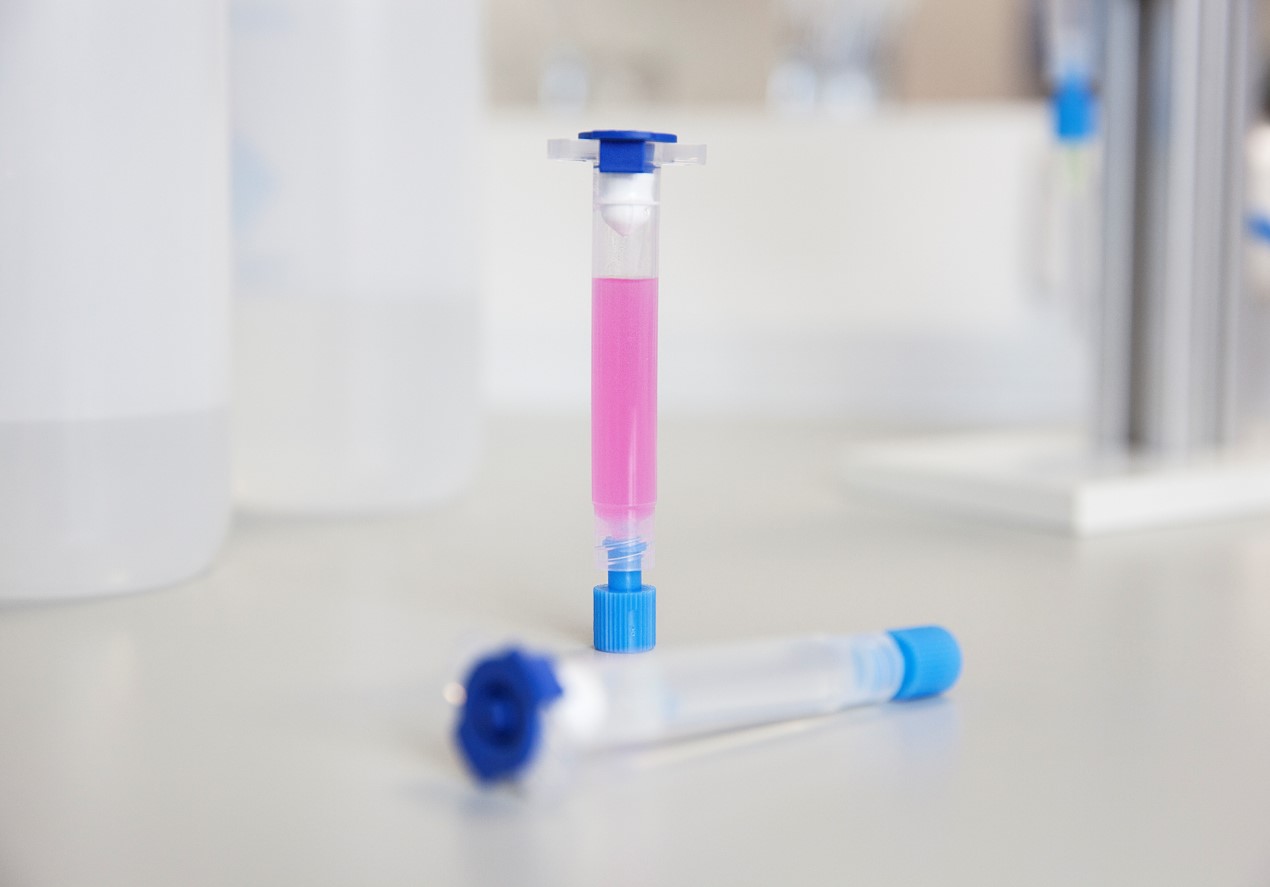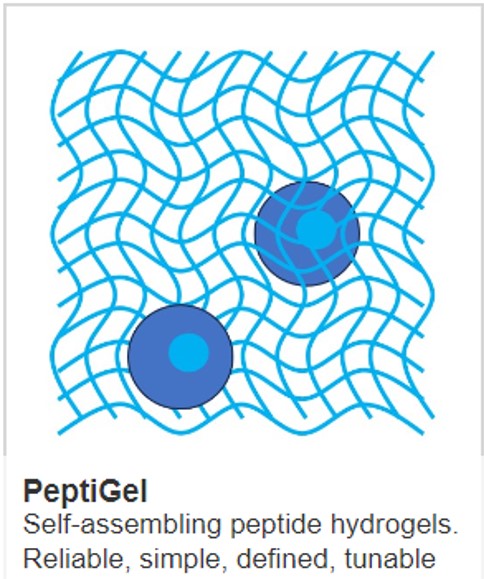The use of hydrogels in xenograft models

Xenografts are “the transplant of an organ, tissue or cells of another species.” Xenografts are a powerful research tool for many diseases, especially cancer. Hydrogels are often mixed with cells to improve their survival and create better xenografts.
Common applications of xenografts
One of the most common areas of xenografts is the patient-derived xenograft (PDX) mouse model. This involves the direct transfer of fresh human tumour samples into mice to develop a treatment tailored for the cancer patient by evaluating drugs in their cancer in the mouse. PDX models also allow researchers to study the cancer tumour and its behaviour and natural growth patterns more closely.
Another application of xenografts is to temporarily repair areas of injured or badly burned skin to protect the tissue from external contaminants and decrease the likelihood of cell death and protein loss. However, it is not a permanent solution and the xenograft needs to be replaced by a thin layer of skin from an unaffected area once it has healed to an acceptable state.
The use of hydrogels
Hydrogels have long been used for tumour drug delivery in cancer studies as they can cause less severe side effects and achieve sustained drug delivery at tumour sites.
In addition to this, hydrogels can also have excellent biocompatibility, biodegradability, and lower toxicity than standard nanoparticle drug carriers. They can also respond to environmental stimuli such as pH, enabling controlled drug release and gelation in situ, which significantly enhances the convenience and efficiency of drug delivery.
Hydrogels are also used in the culture of tumour cells as they proovide tuneable physical properties and the capability to tailor their topography and shape. This ability to recapitulate many characteristics of the native tumour tissue has made hydrogels an essential tool for the study of cancer and the development of beneficial treatments in this area.
Some limitations to common hydrogels
Many standard hydrogels are limited by a difficulty in handling and loading as well as poor mechanical strength. Certain hydrogels can also be highly expensive, which tends to limit their use.
Selecting hydrogels for xenograft models
The key parameters to look out for when selecting hydrogels for xenograft models are:
- Biocompatibility – does the hydrogel meet the appropriate biological requirements to perform with a proper host response?
- Room temperature stability – as changes in temperature can affect the hydrogel’s stability.
- Xeno-free (animal-free) - gives better batch-to-batch stability and eliminates the risk of cross species infections.
- Long injectable status –maintains its properties for many hours.
- Fully customisable hydrogel (e.g. tunability) – hydrogels can have their parameters tuned, making it much easier for researchers to ensure their research outcomes are much more relevant.
PeptiGels from Cell Guidance Systems are ideal for xenograft models as they can be tuned to closely meet the required chemical and physical properties of relevant tissues. Researchers can adjust PeptiGels to specific external stimuli provided by the surrounding cells or environmental cues. A good example of this is provided by Alpha 2 used in a model of intracerebral haemorrhage.
Xeno-free PeptiGels are an excellent alternative to animal or plant-based extracellular matrices for xenografts as they offer controlled release, cell therapy and targeted delivery for
To find out more about PeptiGels, and how tuneable they are, please contact our expert team.
IMAGE Hydrogel for Xenografts. Manchester Biogel



